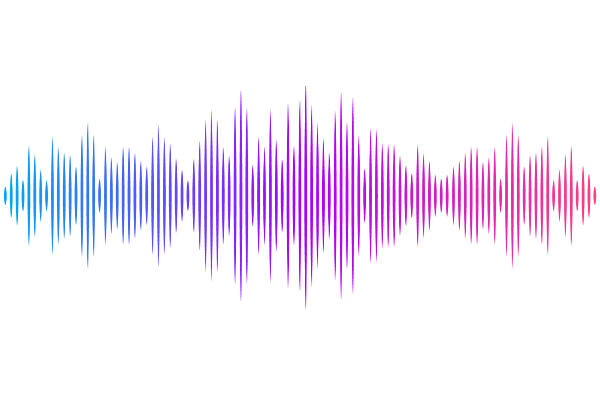CK2 directly controls CARD9 protein homeostasis

CK2 directly controls CARD9 protein homeostasis
Kelly, A. M.; Merselis, L. C.; Causton, B.; Calder, O. K.; Chao, H.; Prack, M.; Stine, L. B.; Amako, Y.; Wang, T.; Yesilkanal, A. E.; Condon, K. J.; Pierce, M. O.; Watterson, S. H.; Guernon, J.; Anand, A.; Selvam, S.; Dagde, S.; Holzinger, E.; Piasecki, L.; Pemberton, T. A.; Fu, E.; Joint, M.; Sandt, H.; Singh, A. K.; Wang, T.; Cobb, D.; Ni, X.; Davies, G. H. M.; Corin, A. F.; Roy, S.; Wilson, S. C.
AbstractCARD9 is an attractive target for therapeutic intervention because the human genetic data provides strong evidence for the causal role of CARD9 in both protection and susceptibility to autoimmune disease. Expression quantitative trait loci (eQTLs) link higher CARD9 expression to increased disease risk and lower CARD9 expression to protection. Additionally, a rare allele variant leading to a C-terminal truncation of CARD9 (CARD9{triangleup}11) and subsequent loss-of-function is also protective for inflammatory bowel disease (IBD). The mechanism of CARD9-driven inflammation through scaffold assembly with BCL10 and MALT1 (CBM complex) suggests a durable inflammatory signal driven by increasing levels of CARD9. Therefore, CARD9 depletion is a desired therapeutic strategy for drug discovery, yet a difficult one due to the nature of CARD9 as an adaptor protein target and the limited number of chemical tools available to engage it. Here, we uncover through a protein homeostasis screen that casein kinase 2 (CK2/CSNK2) inhibition leads to cellular CARD9 depletion. Following up with arrayed CRISPR screening, we identify key casein kinase isoforms/subunits responsible for CARD9 depletion. We find that CK2 directly binds to CARD9 and phosphorylates S424/S425 as well as S483/S484. Orthosteric CK2 inhibition prevents CK2 binding to CARD9 and leads to CARD9 destabilization. We show that the interaction between CK2 and CARD9{triangleup}11 is significantly attenuated and not sensitive to CK2-mediated protein stabilization. The CK2-driven CARD9 depletion mechanism is preserved outside of immortalized cell lines and conserved between primary, differentiated mouse and human dendritic cells. Finally, we demonstrate therapeutic proof of concept in vivo using CK2 inhibition to deplete CARD9 in murine whole blood, peritoneum, and colon. Our study expands the scope of cellular consequences dealt by kinase inhibition, offers an unconventional approach for engaging a therapeutically intractable target, and identifies a novel mechanism that could contribute to disease protection conferred by the CARD9{triangleup}11 allele.